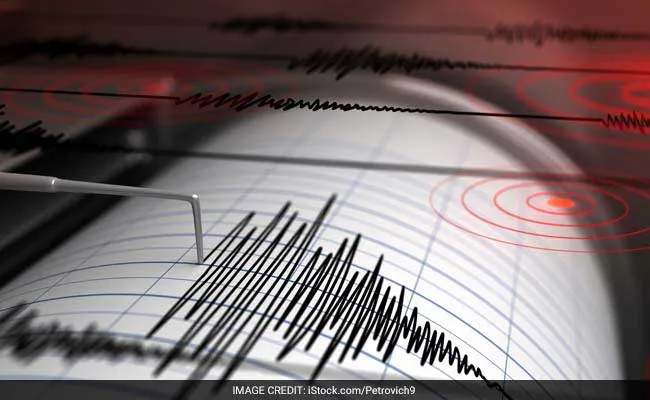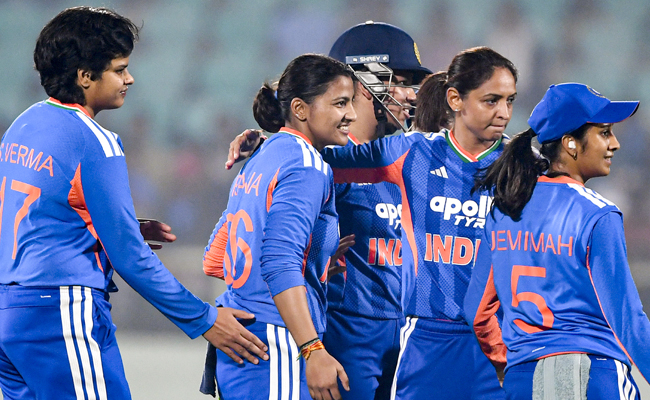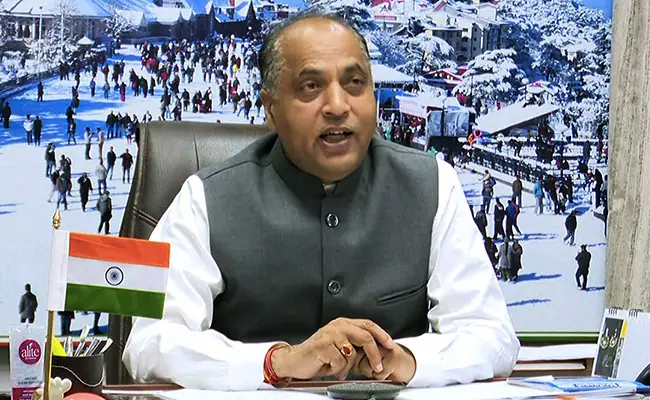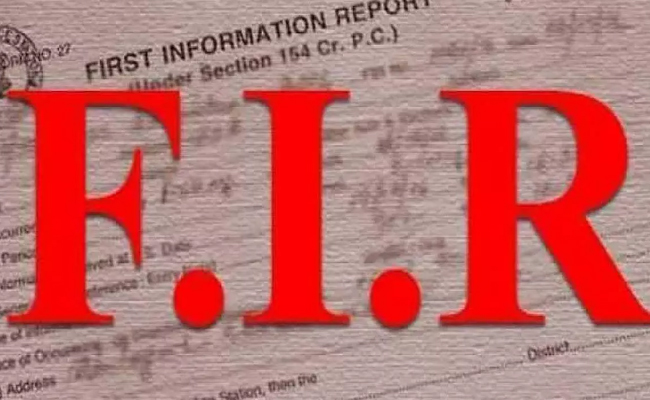Tokyo (AP): Earthquakes early Monday again struck Japan's north-central region of Ishikawa, still recovering from the destruction left by a powerful quake on January 1, but the latest shaking caused no major damage.
A magnitude 5.9 temblor on the northern top of the Noto Peninsula was followed minutes later by a 4.8 and then several smaller quakes within the next two hours, the Japan Meteorological Agency said. There was no tsunami.
Five houses that had been damaged in the January 1 quake collapsed in Wajiima city, but no major damage or life-threatening injuries were reported, according to Ishikawa prefecture. A quake alarm in the town of Tsubata, about 100 kilometers (60 miles) southwest of the epicenter, surprised a resident in her 60s who fell from her bed but the injury was not life-threatening, prefectural officials said.
JMA seismology and tsunami official Satoshi Harada said Monday's quakes were believed to be aftershocks of the magnitude 7.6 earthquake on January 1. Seismic activity has since slightly subsided, but Harada urged people to be cautious, especially near buildings that were damaged earlier.
Shinkansen super-express trains and other train services were temporarily suspended for safety checks but most of them resumed, according to West Japan Railway Co.
The Nuclear Regulation Authority said no abnormalities were found at two nearby nuclear power plants. One of them, the Shika plant on the Noto Peninsula, had minor damage, though officials said that did not affect cooling functions of the two reactors.
Hokuriku Electric Power Co. said there were no power outages.
Monday's rattlings rekindled fear among residents who are still struggling to recover from damages from the New Year's quake. NHK public television showed a number of people who came out of their homes and temporary shelters to see if there were additional damage.
“Many people who have been living at evacuation centers must have been been frightened,” Chief Cabinet Secretary Yoshimasa Hayashi said, urging caution against potential falling rocks and landslides in areas that were shaken strongly.
Reconstruction comes slowly in mountainous areas on the peninsula, and many damaged houses remain untouched.
In Wajima, which was one of the hardest-hit areas, an inn operator told NHK that he immediately ducked under the desk at the reception when the first quake struck Monday. Nothing fell to the floor or broke, but it reminded him of the January shakings and made him worry that a big quake like that had occurred even five months later.
The Jan. 1 quake killed 260 people, including those who later died due to stress, illnesses and other causes linked to the quake, with three others still missing, according to the FDMA. Damages still remain, and more than 3,300 residents remain evacuated.
Let the Truth be known. If you read VB and like VB, please be a VB Supporter and Help us deliver the Truth to one and all.
Visakhapatnam (PTI): Shafali Verma hit a blistering unbeaten 69 as India made short work of a paltry target to outclass Sri Lanka by seven wickets in the second Women’s T20 International here on Tuesday.
India now lead the five-match series 2-0 after another one-sided victory, having restricted Sri Lanka to a modest 128 for 9 through a collective display of disciplined bowling from the spin trio of seasoned Sneh Rana, ably complemented by young spinners Vaishnavi Sharma and Shree Charani.
During the chase, vice-captain Smriti Mandhana (14) fell cheaply but Shafali, enjoying new found confidence after a stellar show in the World Cup final, sent the bowlers on a leather-hunt during her 34-ball knock, winning it for her team in just 11.5 overs.
The hosts have now completed back-to-back successful chases within 15 overs which speaks volumes about the unit's sky-high confidence.
Shafali's innings had 11 punchy boundaries apart from a maximum.
The floodgates opened when left-arm spinner Inoka Ranaweera bowled a few flighted deliveries and Shafali would step out everytime to hit her over extra cover. Her footwork against slow bowlers was immaculate whether stepping out to loft the ball or rocking back to punch or pull.
Seeing her confidence, the newly appointed Delhi Capitals skipper Jemimah Rodrigues (26 off 15 balls) also attacked as the duo added 58 runs in just 4.3 overs.
By the time Rodrigues was out trying to hit one six too many, the match as a contest was over. Shafali completed her half-century off just 27 balls and completed the formalities in a jiffy.
Earlier, off-spinner Rana, who got a look-in after Deepti Sharma was ruled out due to fever, showed her utility keeping the Lankan batters under tight leash with figures of 1 for 11 in 4 overs, including a maiden which certainly is a rarity in T20 cricket.
Charani, who made an impression during India's ODI World Cup triumph, took 2 for 23 in her quota of overs, while Vaishnavi after an impressive debut in the opening encounter, finished with 2 for 32, not letting the Islanders get easy runs in her second spell.
The last six wickets fell for just 24 runs, but what stood out during India’s bowling effort was their superb ground fielding. After a patchy show in the previous game, the improved sharpness in the field resulted in three run-outs.
Sri Lankan skipper Chamari Athapaththu (31 off 24 balls) looked in good nick as she deposited length deliveries from seamers Kranti Gaud and Arundhati Reddy over the ropes but it was Rana, who kept her quiet by repeatedly pitching on good length.
Unable to manoeuvre the strike and with the big hits suddenly drying up, Athapaththu chanced her arm at another delivery in which Rana had shortened the length slightly.
Not having transferred the weight into the lofted shot, Athapaththu's hoick was pouched cleanly by Amanjot Kaur at long-off.
This was after Athapaththu's opening partner Vishmi Gunaratne (1) had offered a simple return catch to Gaud.
Hasini Perera (22 off 28 balls) and Harshitha Samarawickrama (33 off 32 balls) did stitch a stand of 44 but they could never set the tempo against the Indian spin troika.
Once Hasini offered a tame return catch off a Charani full-toss, Sri Lankans never recovered and lost wickets in a heap towards the end.





